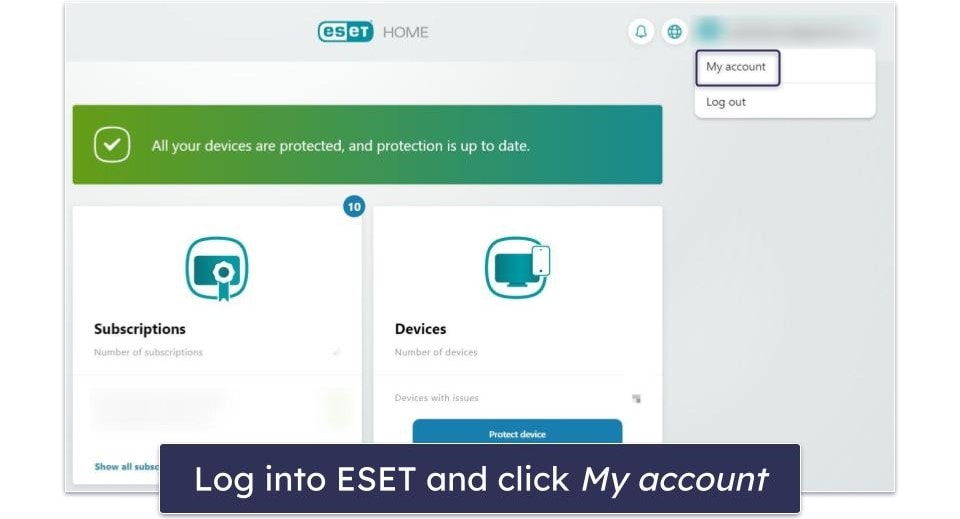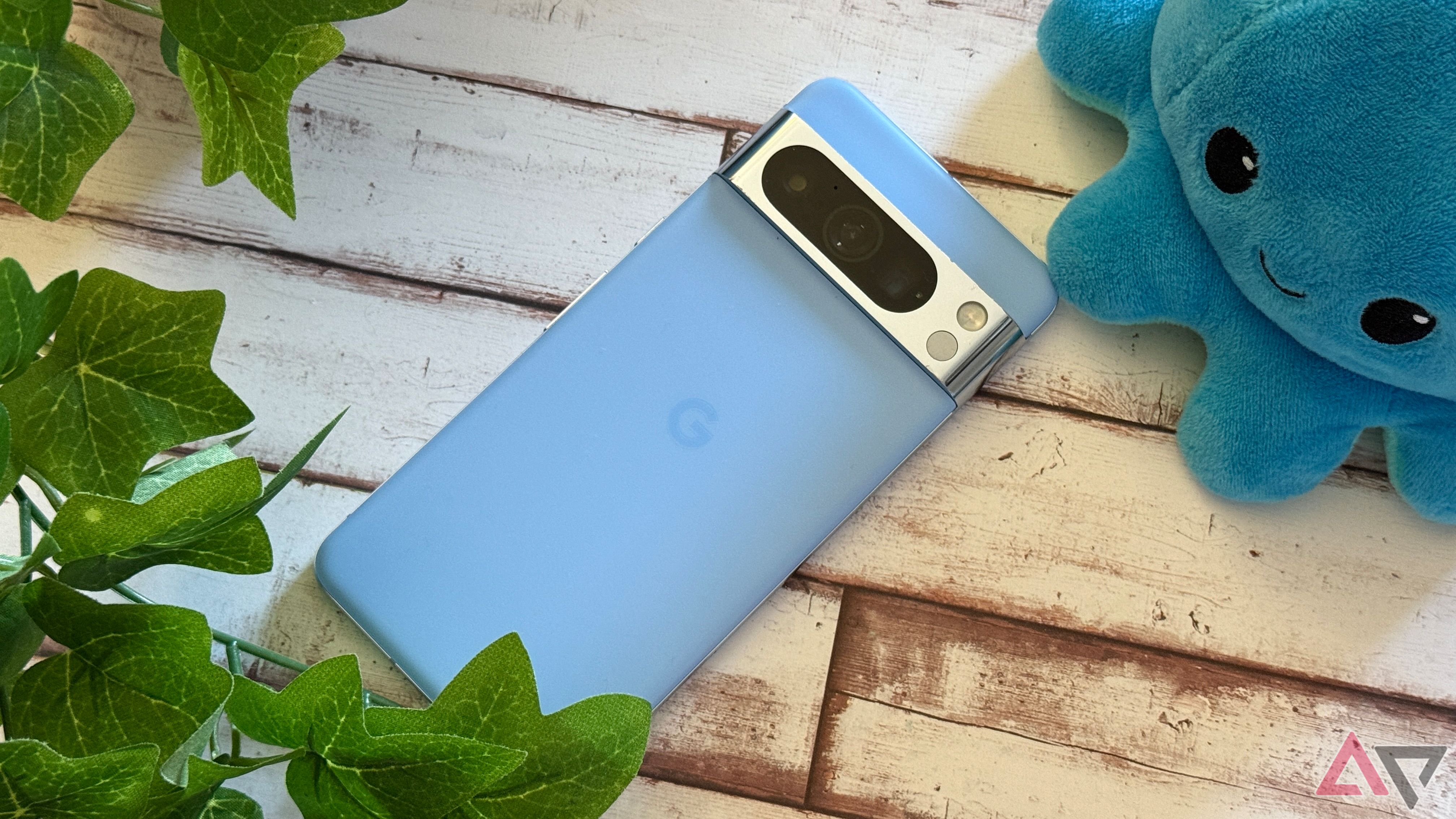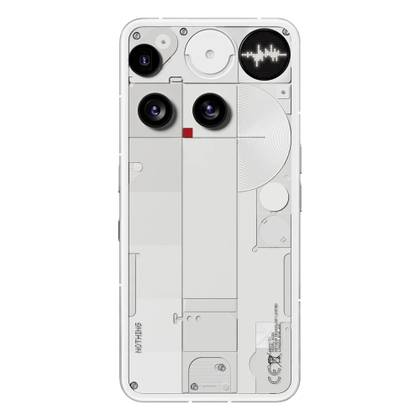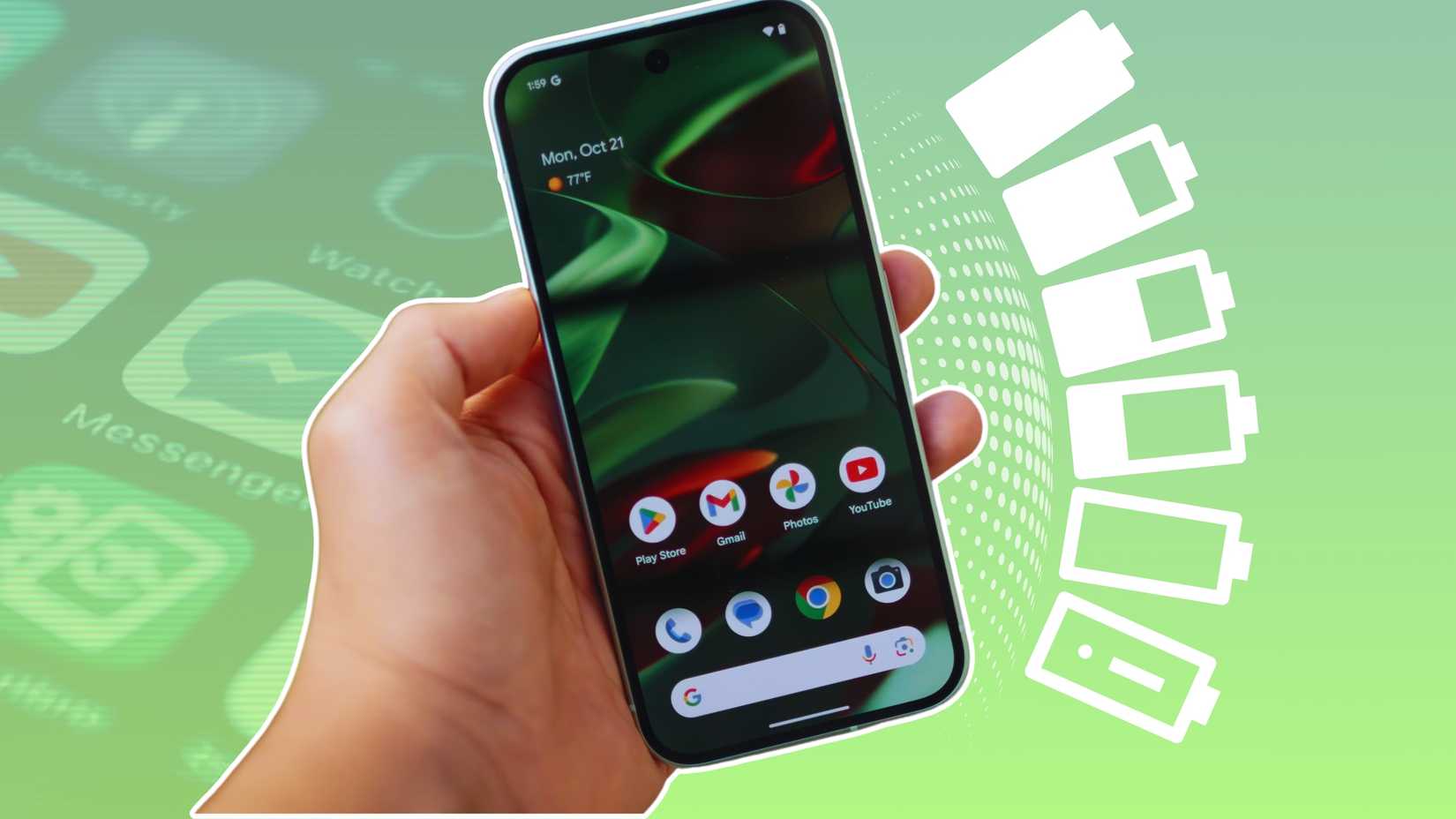Recommending older flagships used to be a more niche conversation. It was a good idea for enthusiasts to save a few dollars on more powerful devices, but most buyers were still better off picking up a newer midrange device.
Smartphones that were two or three years old suffered from poor battery life and were often a year or so away from being out of software support.
In 2025, the conversation is much different. Flagship smartphones are better optimized and come with up to seven years of software support, making them a wise choice for casual users.
The Google Pixel 8 Pro tops my list. It’s an excellent blend of value and performance, and if you’re looking to save a few dollars without sacrificing too much of the flagship experience, it’s a phone worth considering.
We overestimate what we need in a smartphone
The Pixel 8 Pro still gets the job done
It’s hard to resist the temptation of the latest and greatest.
I’m an enthusiast, so it’s easy to get wrapped up in whichever new Snapdragon chipset is in the latest Samsung Galaxy device.
However, if we’re being honest, we don’t need a fraction of all that power. The Tensor G3 might seem like an ancient relic just two years on, but you’d be surprised how snappy the performance is on my Pixel 8 Pro.
Android 16 is running smoothly, and I can even enjoy some light to medium gaming.
I’ve often written about wanting improved gaming performance from Tensor chipsets. The Tensor G5 is rumored to get a 15% GPU bump.
While that’s important, it doesn’t mean the previous generations couldn’t play games. It simply wasn’t a strong suit of the Pixel phones.
The Tensor-powered Pixels have other advantages, and the Pixel 8 Pro includes plenty of them.
Google Gemini features are smooth, and I can’t live without Pixel software extras like Now Playing — little items that you don’t realize how much you enjoy until they are gone.
The Pixel that turned everything around
Better display and fantastic battery life
Before the Pixel 8 series, Google smartphones struggled.
The Pixel 6 was a vibrant redesign, but issues with the Android 12 software, a subpar fingerprint sensor, and an inefficient Tensor chipset ruined the experience.
The Pixel 7 was a slight improvement, but the phones felt unfinished.
That all changed with the Pixel 8, as Google managed to put all the pieces in place.
The 6.7-inch Super Actua display on the Pixel 8 Pro is gorgeous, and it’s significantly brighter than the panels used in previous-generation Pixels.
I’m still impressed with how vibrant the display is, and you won’t be lacking a flagship experience, despite the Pixel 8 Pro being two years old.
The Pixel 8 Pro was also the first year Google significantly improved battery life. The Tensor G3 is a more efficient chipset, not prone to the overheating that plagued its predecessors.
I consistently get 8 hours or more of screen-on time from a single charge, and the battery has held up well over the last two years.
If I had been interested in an older flagship, such as the Samsung Galaxy S21 Ultra, a couple of years ago, I would’ve run into poor battery life. That’s not the case with the current crop of flagship phones.
We can’t forget it’s still a Pixel camera system. While the Pixel 9a is capable of taking excellent photos, the Pixel 8 Pro is more versatile due to its telephoto lens.
Software support until 2030
No lack of updates for the Pixel 8 Pro
Older flagships are viable for longer thanks to extended software support from Google and Samsung.
When flagship devices were only getting three or four years of updates, it was harder to recommend picking them up further down the line.
However, the Pixel 8 Pro hasn’t even reached the halfway point of its support lifespan, and you’ll continue to enjoy software updates until 2030, along with new Android versions.
I can’t tell you what Android will look like on your Pixel 8 Pro in 2030, but I’m pleased that Google is committed to keeping the phones optimized and running well for longer.
The early returns have been good, and I’m satisfied with how Android 15 runs on older Pixel hardware so far.
I’m not the biggest fan of Google Gemini in its current state, but you can look forward to years of AI updates on your Pixel 8 Pro.
A more complete package
Older flagships are a better fit for more consumers than they were just a few short years ago.
Increased software support is a help, but efficient chipsets keep these phones viable for longer. You also pick up plenty of creature comforts, such as QHD+ resolutions and a premium build quality.
Pre-owned Pixel 8 Pros are available for anywhere between $400 and $500, while new ones can still be purchased for $600.
Whichever path you choose, you’re getting an excellent phone with a fantastic display and outstanding battery life for around the price you’d pay for a midrange device. I can’t complain about that.
Your comment has not been saved
The Google Pixel 8 Pro is still a good deal in 2025, with plenty of software support and a premium flagship experience. The Tensor G3 is powerful enough for most tasks, and you’ll enjoy plenty of Pixel extras on Android 15. If you’re in the market for a Pixel but don’t want to pay flagship prices, the Pixel 8 Pro is worth a look.






